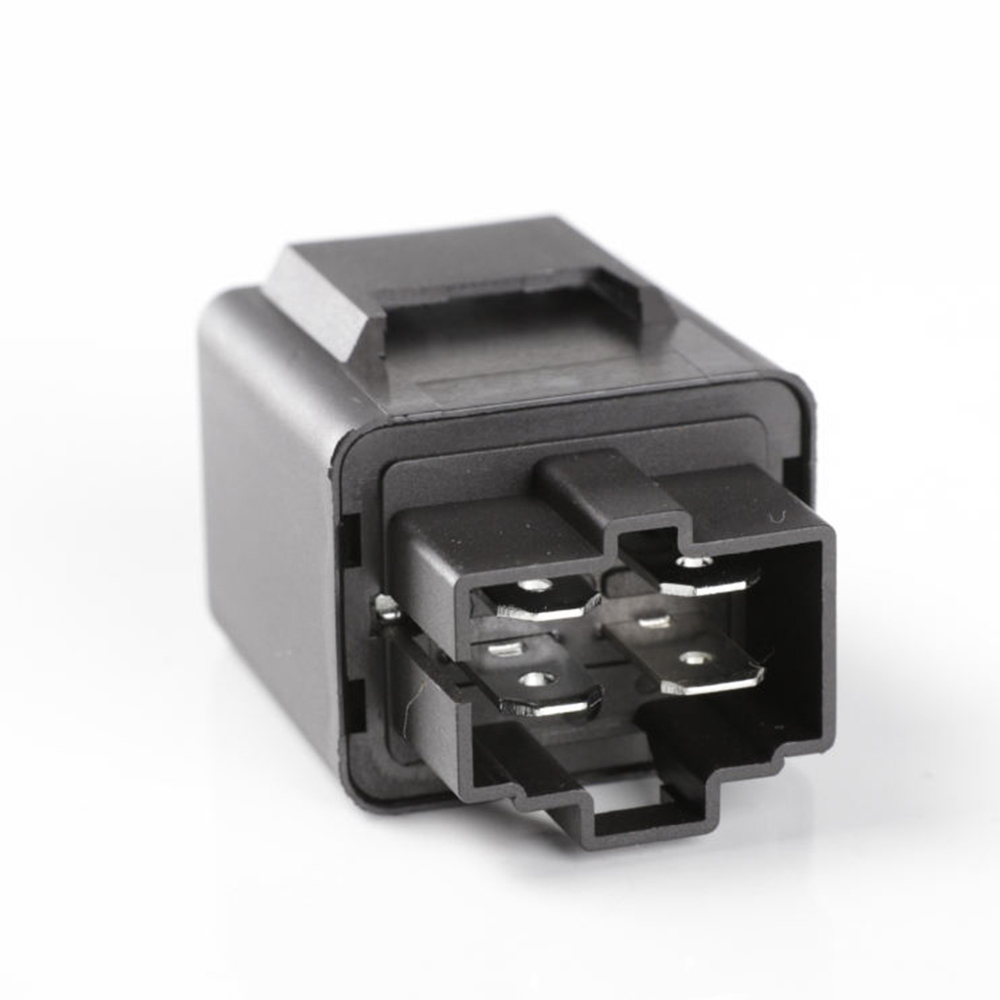Table of Contents
Understanding the Role of Starter Motor Engagement Control Relay
The starter motor engagement control relay plays a crucial role in the ignition system of a vehicle, enabling the activation of the starter motor. Understanding its function is essential for grasping the intricacies of automotive systems.
When you turn the ignition key, a series of events are set in motion to start the engine. One of the first tasks is to engage the starter motor, which initiates the engine’s rotation. This action requires a significant amount of electrical current to be delivered to the starter motor to generate the necessary torque.
| No. | Name |
| 7 | Automotive Relay |
The starter motor engagement control relay serves as a switch that controls the flow of electrical current to the starter motor. It acts as a bridge between the ignition switch and the starter motor, allowing the ignition system to send the appropriate signal for motor engagement.
Without the relay, the ignition switch would have to handle the high electrical load required to activate the starter motor directly. This would put undue strain on the switch and could Lead to premature failure. Additionally, the wiring between the ignition switch and the starter motor would need to be much thicker to accommodate the increased current flow, adding complexity and cost to the vehicle’s electrical system.
By incorporating a relay into the circuit, the electrical load is transferred away from the ignition switch to the relay itself. This not only prolongs the lifespan of the ignition switch but also allows for the use of smaller gauge wiring, reducing weight and complexity in the vehicle’s design.
The operation of the starter motor engagement control relay is relatively simple yet crucial. When the ignition key is turned to the start position, it sends a signal to the relay, activating an electromagnet inside. This magnetism pulls a set of contacts together, completing the circuit between the battery and the starter motor. As a result, electrical current flows from the battery, through the relay, and into the starter motor, causing it to engage and crank the engine.
Once the engine is running, the ignition key is released from the start position, signaling the relay to deactivate. The electromagnet is disengaged, allowing the contacts to spring back to their resting position, thereby breaking the circuit and stopping the flow of current to the starter motor.

This process of engagement and disengagement happens in a fraction of a second, ensuring smooth and efficient operation of the starter motor without requiring constant input from the driver.

| Nr. | Product Name |
| 4 | Car Relay |
In summary, the starter motor engagement control relay serves as a vital component in the ignition system of a vehicle, enabling the efficient activation of the starter motor while protecting the ignition switch from excessive wear and tear. By understanding its function and importance, automotive enthusiasts and technicians alike can appreciate the intricacies of modern automotive systems.
| Number | Commodity Name |
| 8 | Auto Relay |
